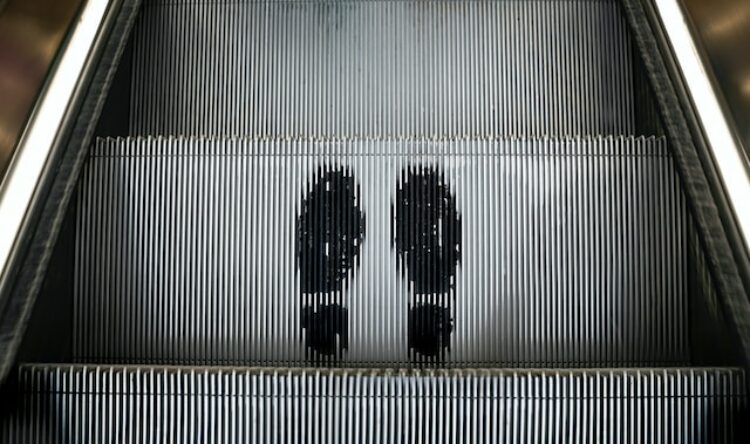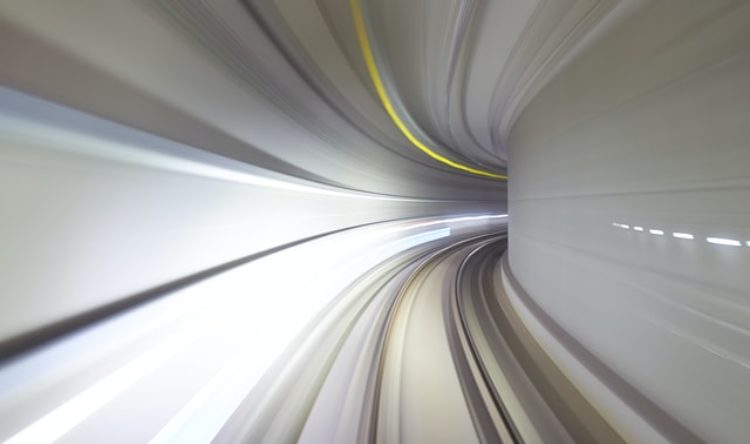Plugging in
Clean, easy and speedy, fueling up is on a positive charge
If you are lucky enough to be one of the 60% of the population who have off-street parking, then your home charger will take care of the vast bulk of your charging needs. The novelty of having your own little ‘fuel’ station on the side of your home never seems to wear off, and every morning I wake up to a freshly fueled, fully charged car ready to go; no longer do I have to nip to the petrol station on my way to my first lesson. EVs also have the advantage over combustion and hydrogen of being able to destination charge. This means you can top up and charge where you arrive, and I’ve used destination charging at leisure centres, supermarkets, theme parks, cafes, restaurants, pubs, hotels, holiday homes and campsites. It’s easy and it’s not as if you have to stand around pulling the trigger on the nozzle watching the litres and pound dials spin round; just plug in and get on with other things.
Wired Up
Regarding the public infrastructure, I tend to use it more out of convenience than necessity. However, if you are in the 40% of the population who cannot have a home charger, then just like every internal combustion engine car, you will be reliant on a public network. It is patchy but constantly improving, and yet another investment via the Budget can only help. Websites such as Plugshare or Zap Map will provide the locations, types and speeds of charge points local to your home or current location. Thanks to a pro-active council, my city of Nottingham has over 400 public chargers and the numbers are on the rise. In total, the UK has in excess of 18,000 chargers and the network is now expanding at a rate of 500+ new connectors a month. Comparatively, there are an ever decreasing number of petrol stations – 8,300 at the time of writing, down from 18,000 in 1992 and a peak of around 40,000 in the mid-1960s. In response to exponential increase in demand for EV charging sites, even the oil and energy companies such as BP, Shell, E.ON, Virgin and EDF are now heavily involved in the expansion of the UK charging network. Capitalism is extremely good at ‘plugging’ the gaps when there’s some obvious money to be made!
Adapters
A lot of us can make the transition to EVs now and have a simpler, cleaner experience than combustion cars. But for many of us an EV won’t be the next car, but it might be the one after, while the technology and network is evolving at speed to meet individual needs and circumstances. Kerb, lamp post and conductive chargers are examples of innovative and creative solutions to the significant problems we are facing over filling up. What’s more, within five to ten years EVs will be matching petrol cars in terms of 300-500 mile range whilst only requiring 15 minute recharge times. Interestingly, my last ever experience refuelling a petrol car took 15 minutes by the time the car in front of me had finished and I’d queued to pay. In 2010, the fastest charge speed available was 50kW adding one hundred plus miles to a battery in one hour. Now the UK is witnessing installation of 150kW-500kW chargers and charging speeds are dramatically improving. At a sustained rate of 250kW you’d be charging over one thousand miles per hour. With 500kW we are looking at charging speeds of the near future so fast you will barely have time to get to the loo! Personally I find 50-100kW charging quick enough because, if I’ve managed to drive 200 miles, I’m ready for a decent twenty minute break. It’s important to remember that for general health and safety, recharging the driver is important too.
Switching On
Technology is never fault free. At petrol stations I’ve experienced significant queues, no fuel available, failed credit card facilities etc. With EVs I’ve experienced broken or temperamental chargers, touch screens not responding or connection faults. Thankfully with some charging networks, if the payment system fails, the charger defaults to free vending – you don’t get that at a petrol station. With this radical transformation of our transport and energy system, rolling out a charging network that meets the needs of the population is going to be tough, but it’s already well en route and I’m enjoying the ride.
Next Month: Powering up the grid and the chargers.






